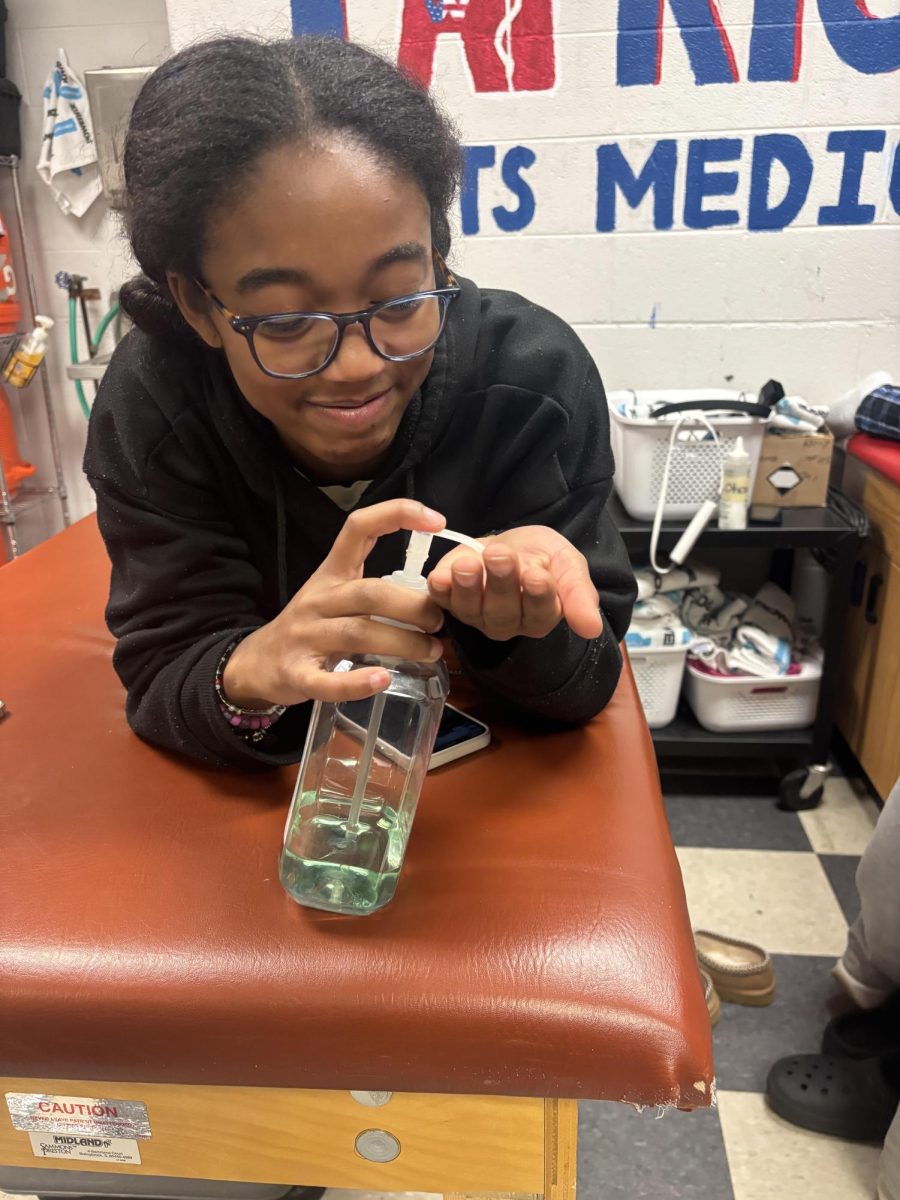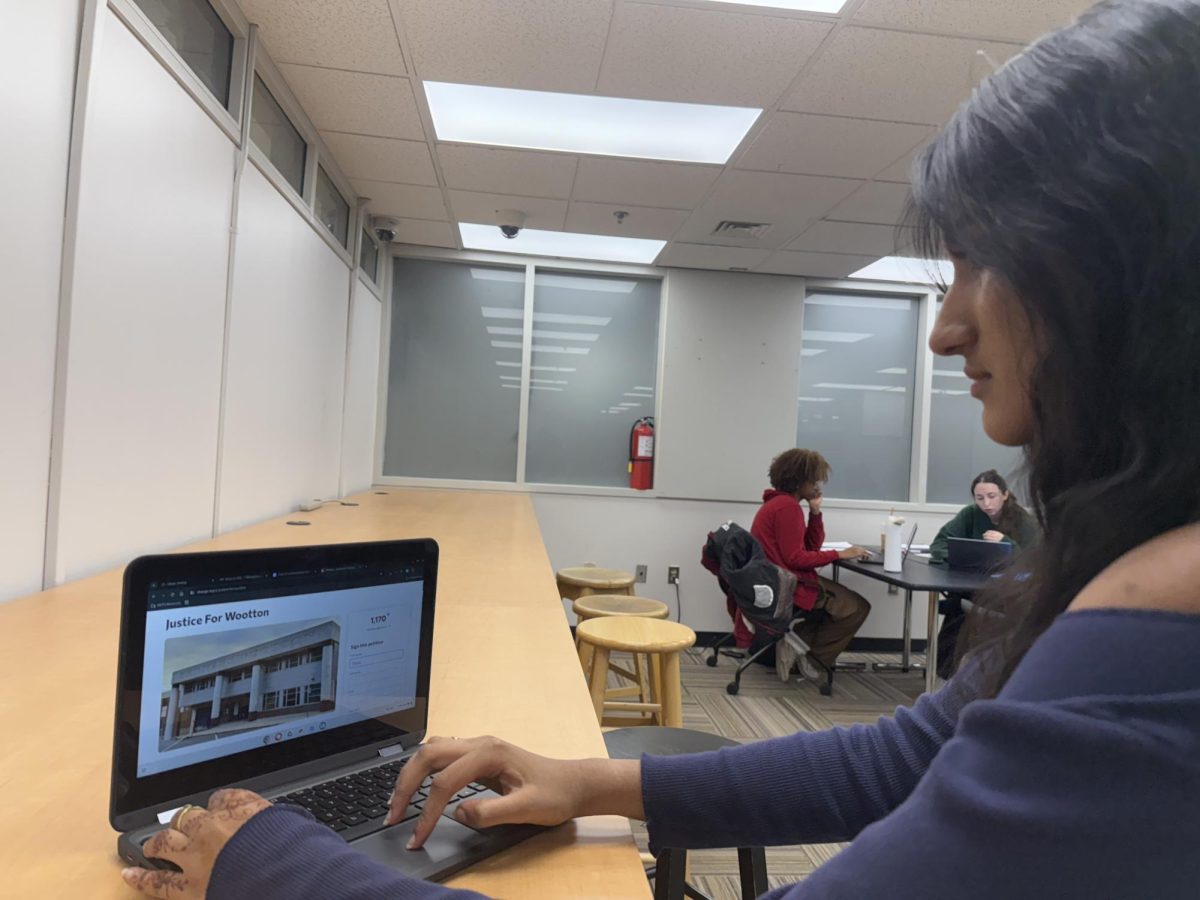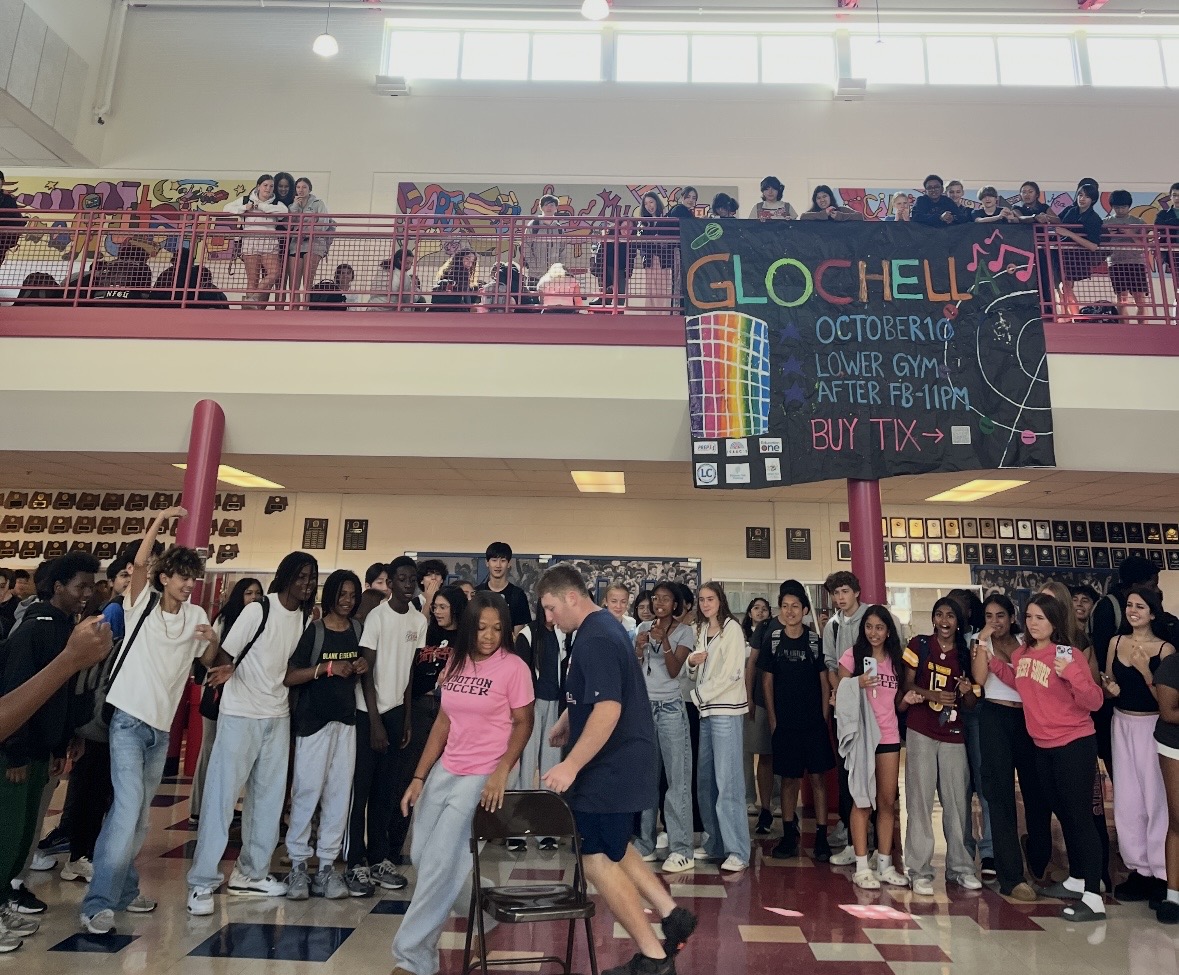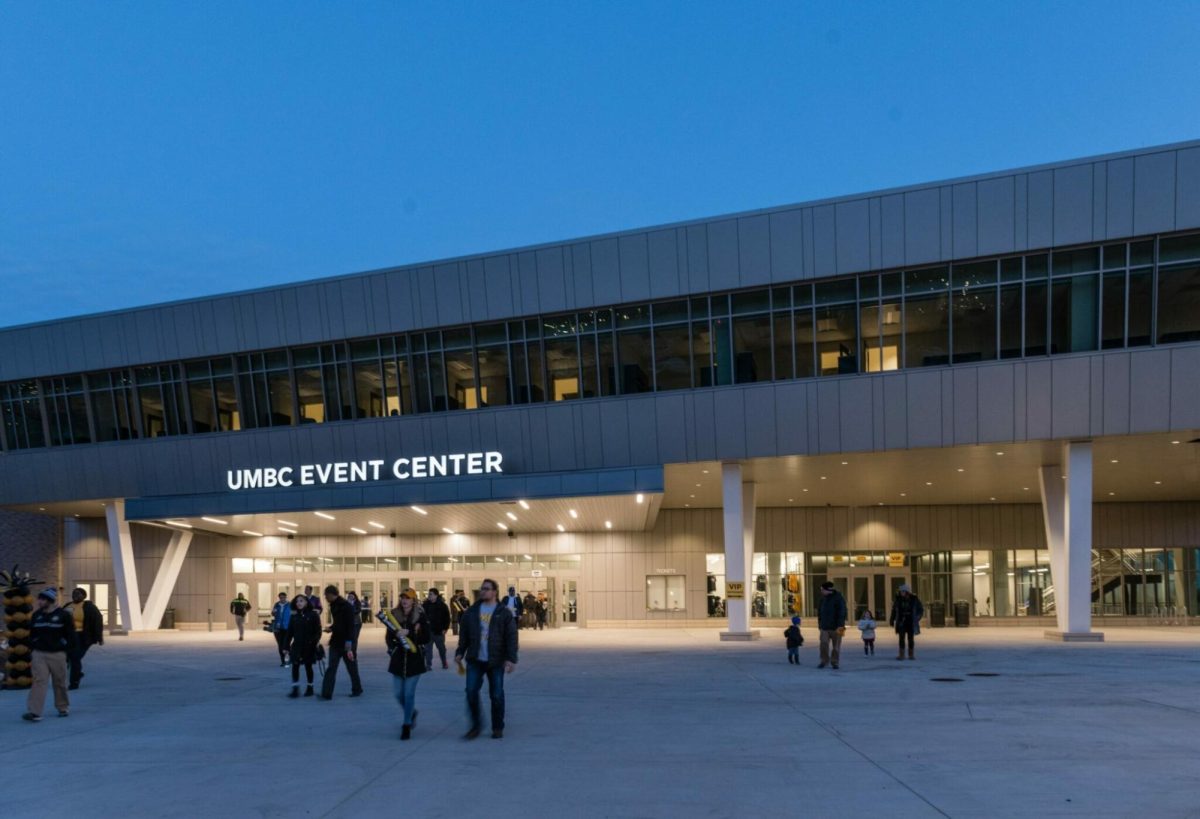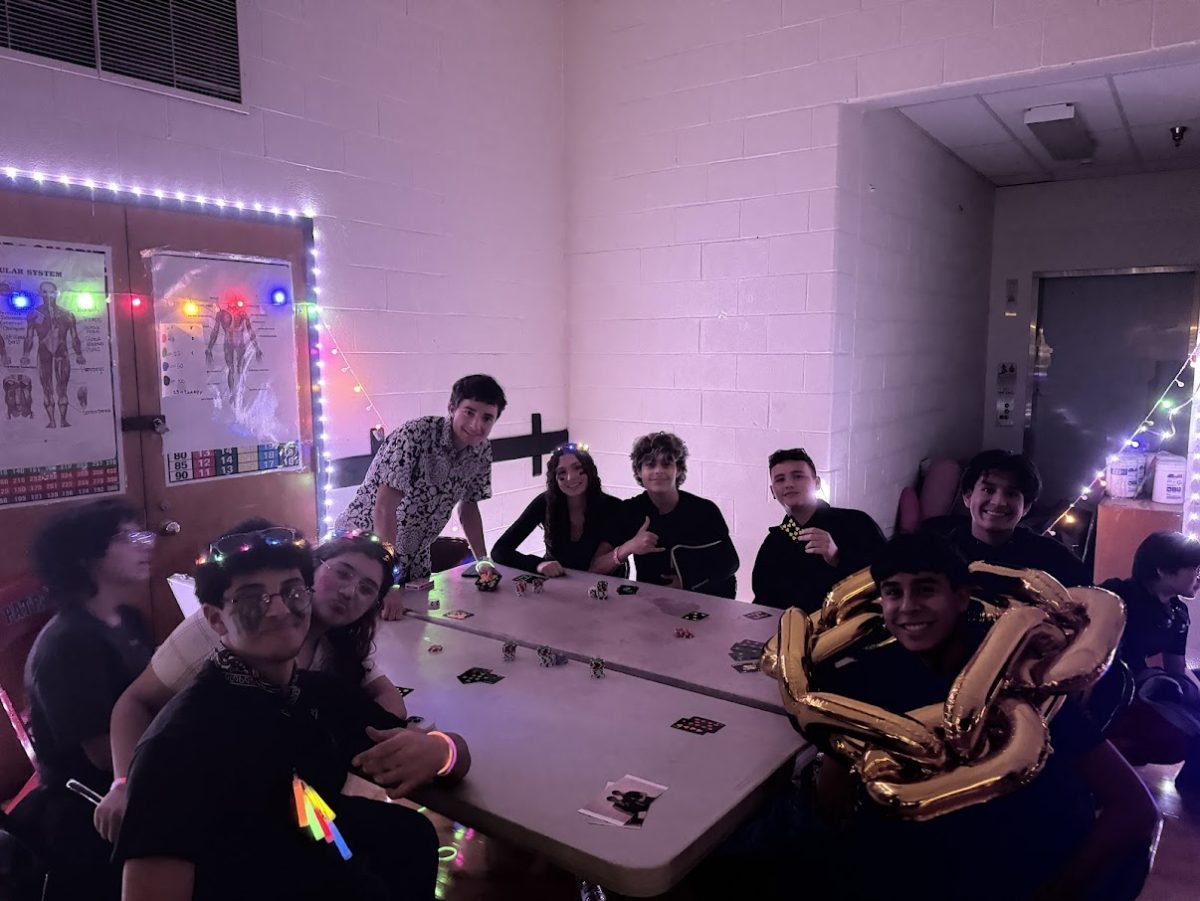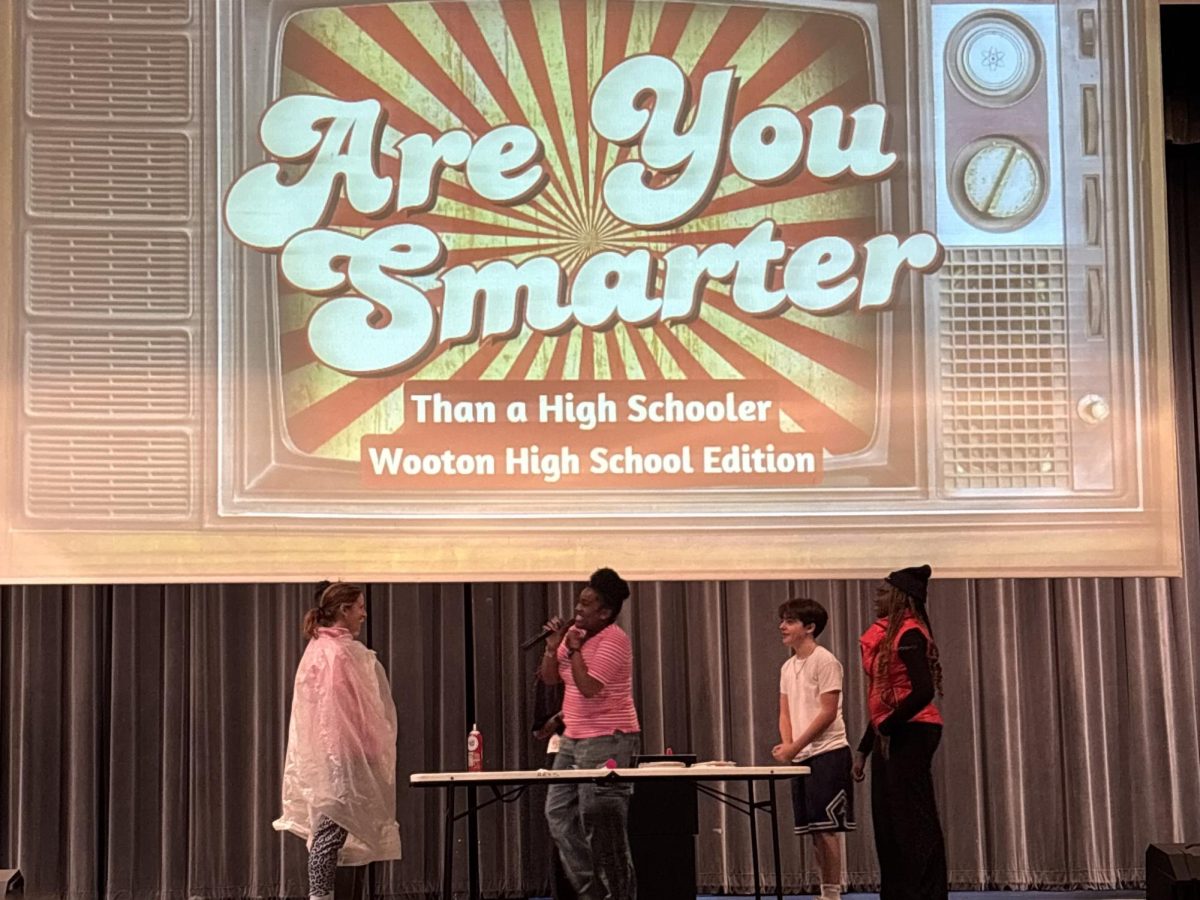In March of 2020, all MCPS staff and students were sent home for what was thought to be a two-week break. We relaxed, binged a TV show, played video games, or read a book. Little did we know, no one would return to school until spring of the next school year.
The pandemic changed our lives, from how we communicate with each other, to how we learn and even how we travel. It’s been almost five years since we were in quarantine, so what effects do we still see now after we’ve finally returned to some sort of normal? “When the Covid 19 pandemic hit, everyone was saying to wear masks and to wash your hands constantly, even now I still carry a mask and hand sanitizer along with tissues in my backpack every day at school” senior Anthony Derba said.
Covid not only changed the way we learn but also how we entertain ourselves, and during the pandemic, games like Fortnite and Roblox saw huge uproars in activity, along with other games such as Among Us and Call of Duty trending briefly. It brought massive crowds to games as we were looking for ways to have fun with our friends and not get bored. “I started playing Fortnite during the pandemic because my friends were playing it and we couldn’t hang out so I figured it was the next best thing. I still play Fortnite a lot nowadays and it’s definitely still one of my favorite games to play,” senior Rebecca Ogorodnikov said
Arguably the biggest thing that the pandemic changed about our lives is how we shop. Online shopping and online delivery services were huge during the pandemic because we couldn’t go anywhere to buy things. You could get almost everything online: If you wanted clothes you could order it from the brand’s website or Amazon, if you wanted groceries instead of going to the store you could order it off Instacart and if you wanted food, you could use DoorDash or Uber Eats. Even now after the pandemic these services are dominant and make billions of dollars.
While Covid affected us as students, teachers were also hit hard and had to quickly adapt to teaching on platforms like Zoom. It was a constant battle to try and keep lessons engaging while also trying to help students as much as they could. “A lot of my students I only knew as the two initials it showed on the Zoom call because so little students actually turned their camera on. When we returned to in person learning I had to relearn everyone and although we had met online it was like I was meeting them for the first time because of the fact that I never really had any interactions with them. I’ve really tried to emphasize making good relationships with my students because I saw what happened over Covid and how not fun it is when you don’t have a connection with them,” science teacher David Bitler said.


